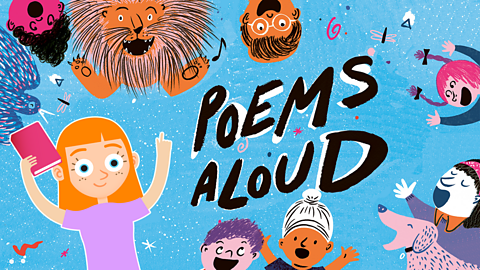What is the book about?
This guide is produced in partnership with Blue Peter.
Michael the Amazing Mind-Reading Sausage Dog, written by Terrie Chilvers and illustrated by Tim Budgen, is the first title in the Blue Peter Book Club.
As the title suggests, Michael has an incredible talent and lots of ambition. With his friend Stanley Big Dog, Michael wants to show this talent to the world!
Watch the animation below to discover more about the plot.
You can get a sneak peek of the book over on Blue Peter.
Michael is an ambitious sausage dog with a rare talent. Mind reading.
Michael dreams of becoming a global superstar.
But even with the help of his trusty sidekick, Stanley big dog, things don't always go to plan as he tries to convince his fellow inhabitants of Snuffles by sea to recognise his amazing talent.
Let’s discover how author Terrie Chilvers makes Michael the Amazing Mind-Reading Sausage Dog such a fun book to read.
What is first, second and third person?

Stories can be written and told from different point of viewThe voice a story is written or told in: first, second or third person..
A point of view is the voice a story is written/told in.
Depending on who is telling the story, we call these points of view:
- first person
- second person
- third person
Author Terrie Chilvers, uses first and second person points of view. Let's see how she does it.

First person
When you write in the first person, you put yourself inside the writing by describing how you felt and what you were doing using 'I'.
"I learned how to read the minds of other dogs."
Second person
When writing in the second person, you talk to the reader directly using the words 'you' and 'your' which makes this type of writing feel personal to the reader.
"When you see a dog balancing peanuts on its nose, please ignore it."
Third person
When you are writing in the third person, the story is about other people, not yourself or the person reading the story. It uses the character's name (eg. Michael) or pronouns such as 'he', 'she' or 'they'. If the author had written in the third person, it would look like this:
"Michael sneakily crept up on them. Stanley and Humphrey looked shocked."
Read this excerpt from the story.
Is the story written in the first, second or third person point of view?
"Of course, I haven't always been a superstar sausage dog who can read minds - I was once an extremely ordinary dog."
This story is written in the first person because Michael the Mind-Reading Sausage Dog is telling the story about himself and others.

Explore more about using first, second and third person points of view with Bitesize.
How are the main characters presented differently?
You might notice how the two main characters in the story, Michael and Stanley are very different.
The author, Terrie Chilvers, has used a clever writing method called contrastWhen the differences in characters or a setting are made very clear by the author's descriptions. to make these differences clear to you, the reader!
By carefully describing the appearance, personality and actions of Michael and Stanley, the author has made the difference between them very clear - this is called contrast.
Read these descriptions of each character from the book. Can you see the contrast between them?
Michael
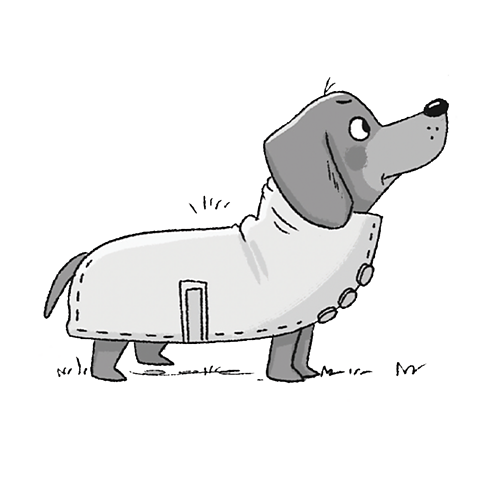
- "I was not a medium-sized dog; I was a small size dog."
- "I had opted for a striking yellow waterproof waistcoat and a fabulous yellow hat."
- "Hello there, young sir, could I trouble you for just a minute?" said Michael.
Stanley
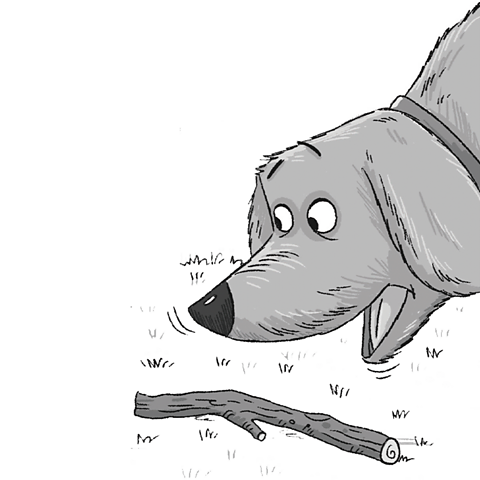
- "Stanley was an extremely tall and very hairy dog. He had a large stick in his mouth and his eyes were darting around like he'd eaten way too many chicken chews."
- "Stanley wasn't listening, he was too busy scratching his bottom up against a knobbly old tree."
- "Stanley was back to licking himself."

Discover how an author creates a character with this KS2 English Bitesize guide.
How has the author used alliteration effectively?
alliterationWhen words start with the same sound (eg. Barry Beagle barked). is when words start with the same sound.
It is used in both written and spoken English.
You can find examples in poetry, newspaper headlines and advertising.
There are lots of examples of alliteration in Michael the Amazing Mind-Reading Sausage Dog.
- Diego the Dalmatian.
- Barked a Bernese Mountain Dog.
- Luna the Labrador.
The author used alliteration for the name of Stanley's uncle, Humphrey. What was his full name?
Humphrey Huge Dog
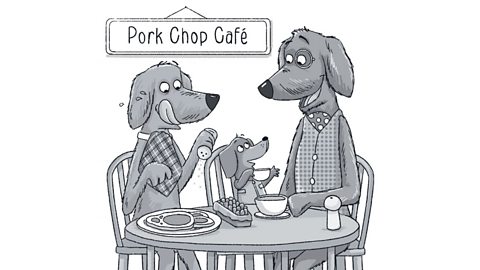
Find out how to use alliteration in your writing with this KS2 English Bitesize guide.
How have made up words been used to develop a theme?
The author has created lots of words that are related to the book's themeAn important message or the main idea that you keep seeing throughout a story..
The theme of a story is the main idea or thing that you keep reading throughout - in this story, the theme is dogs!
The author has tried to make the theme of the story very clear to you, by making up some dog-themed words. By adding a dog-related word into another word or phrase, the author has made the story even more interesting and entertaining!

For example:
'Hollywoof' instead of Hollywood.
'A round of apawse' instead of a round of applause.
'Wagtastic' instead of fantastic.

Activity 1
Activity 2

There are two dogs in the story that have a talent: Susan the Peanut Balancing Labrador and Michael the Mind-Reading Sausage Dog.
Your challenge is to develop and describe a new character for the story who could take part in Snuffles by the Sea's Talent show.
Your character must have the following features and you can use this guide to help you.
They must:
- be a dog
- have a name with alliteration
- speak in the first person
- have a catchphrase that has a made-up themed dog word (e.g. 'Pawsome!')
- have features (appearance, personality) that contrast Michael's.

Play our fun English game Crystal Explorers. gamePlay our fun English game Crystal Explorers
Use grammar, punctuation and spelling skills to explore jungles, caves and tombs on your mission!

More on Blue Peter Book Club
Find out more by working through a topic
- count3 of 12

- count4 of 12
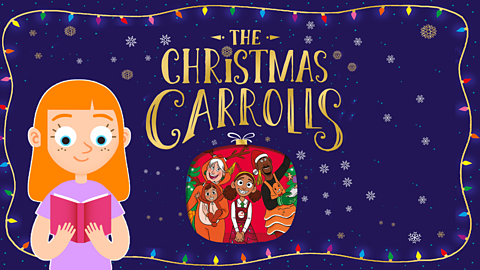
- count5 of 12
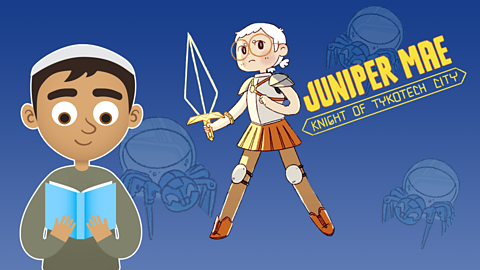
- count6 of 12
